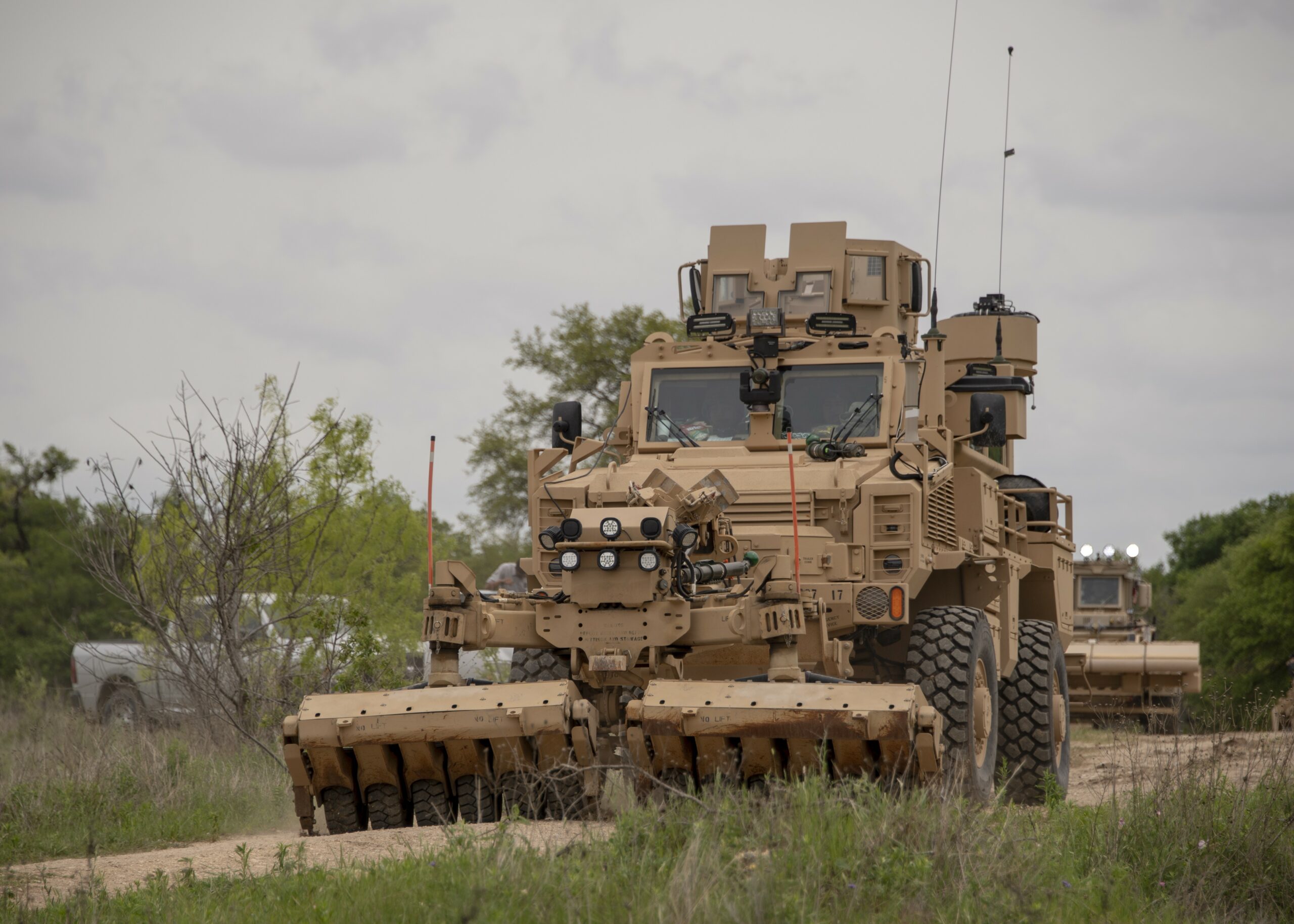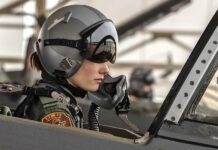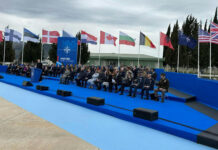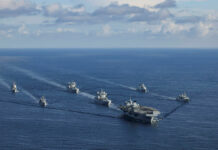This year, the Czech Ministry of Defence plans to launch an acquisition programme to purchase a new wheeled platform for the Army’s engineer troops.
Within the project known as UKP-ŽV (Univerzální kolová platforma ženijního vojska; ENG: Universal Wheeled Platform for Engineer Troops) the Army of the Czech Republic (Armáda České Republiky; AČR) intend to acquire 50 vehicles in three versions for route clearance (MRAP RCP, 12 units), explosive ordnance disposal (UKP-EOD, 22 units) and engineer support (UKP-ŽEN, 16 units).
Baseline Vehicle
All three variants will have a common arrangement based on a wheeled armoured vehicle with a gross weight under 20,000 kg (44,090 lb) and at least in a 4×4 configuration. At a minimum, the vehicle must meet STANAG 4569 Level 3 for kinetic energy threats and Level 3a/3b for grenade and blast mine threats.
The AČR requires a vehicle capable of crossing water obstacles with a depth of at least 1.3 m, vertical obstacles at least 0.4 m high and trenches at least 0.7 m wide. The minimum required cruising range on roads is 750 km (466 miles). It must also be air-transportable in a C-130 Hercules aircraft.
The rear hull of the vehicle will contain a large door or ramp for loading and unloading heavy objects. The front section of the vehicle has to be equipped with a universal attachment for the installation of a mine plough, roller, manipulator arm, blower and ground penetrating radar with control from the cab of the vehicle.

Credit: US Army
The armament will be composed of a 12.7 mm machine gun (plus a 7.62 mm machine gun as an option) installed in an electrically operated manned gun turret (with the possibility of manual control in case of failure of the electrical system) equipped with a ballistic protection kit for the gunner.
The sensor suite must have the ability to observe the vehicle’s surroundings using augmented reality image sensors with a horizontal field of view of 360°. The image signal from these sensors will be displayed at the commander and gunner’s workstations. The sensor equipment will also include a stabilised observation camera on a telescopic mast or alternatively a reconnaissance unmanned aerial vehicle.
The equipment of the UKP-ŽV will comprise an obscuration smoke generator, a central tyre inflation system, radio-controlled improvised explosive devices jamming suite, an automatic fire protection device and an NBC protection system. Removable slat armour or a net screen providing protection against RPG warheads are also among the requirements.
Versions
The MRAP RCP will have a crew of three (commander, driver, gunner) and the transport capacity for six soldiers of the engineer team. In addition to the installation of a manipulator arm, mine plough, roller or ground penetrating radar, the vehicle must be also equipped with a lane-marking system. The inside of the MRAP RCP has to allow for the transportation of up to two TALON Unmanned Ground Vehicles (UGVs) remotely operated vehicles. External and internal cargo boxes with an overall payload capacity of 140 kg will be used for the transport of materiel, explosives, igniters and manpack jammers.
The UKP-EOD version has the same crew of three with transport capacity for two members of the EOD team. The internal layout should allow for the removal of special equipment and the installation of removable seats for an additional four soldiers. The vehicle must be equipped with an external cargo box with a loading platform for one TALON UGV. Additional external and internal boxes will allow for the transport of 140 kg of materiel. The hull should be able to transport two TALON UGVs along with specialised EOD equipment such as mine detectors, portable X-ray system, tool kits for remote movement and remote handling operations and blast suits.
The UKP-ŽEN variant also has a crew of three and the capability to transport an engineer squad of six soldiers together with their equipment. By removing the seats in the rear of the vehicle, the mine-laying system and storage racks for anti-tank mines can be installed. This will allow for the quick conversion of the UKP-ŽEN under field conditions into a mine-laying vehicle.

Credit: Excalibur Army
The Boost of Capabilities
The introduction of UKP-ŽV vehicles into the inventory of the AČR will significantly expand the capabilities of the Czech Army’s engineer troops. Although the Czech EOD teams participated in the route clearance patrol missions in Afghanistan using the JERRV MRAPs of the US Army, this capability is basically non-existent in the current AČR due to the complete lack of suitable vehicles in the 15th Engineer Regiment. The EOD teams of its subordinate units, 151st and 153rd Engineer Battalions, use LOV 7,62 B light armoured vehicles (a variant of the IVECO LMV with the ZSRD 07 weapon station), which are essentially an interim solution due to their lack of adequate transport capacity.
When selecting the future UKP-ŽV platform, the AČR prefers a vehicle already in service with other NATO armies. However, the potential also exists for Czech manufacturers able to offer variants of their wheeled armoured vehicles such as the MARS 4×4AČR , manufactured by SVOS or the PATRIOT II 4×4 from Excalibur Army.
Martin Smisek











